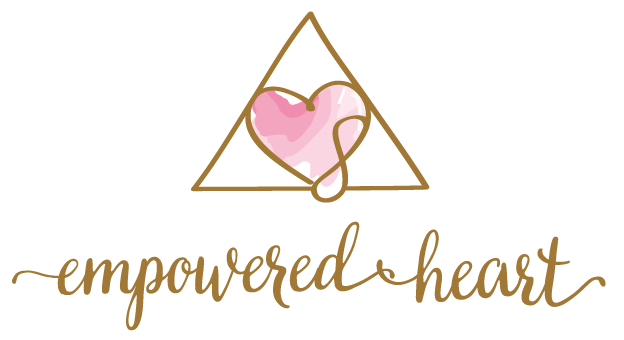Understanding the Fascia and The Nervous System
Fascia is a specific type of connective tissue that forms a continuous three dimensional web surrounding every tissue in the body. There is no part of the body, not a single cell that is not connected to this crystal-like lattice. (Reference)
Fascia also has 6-10 times more sensory nerves than muscles.
One of the building blocks of fascia is collagen which forms, thick twisted bands of densely packed fibres that support our movements and posture.
“In terms of fascia, however, collagen has a particular role, and supports our frequent movements and postures. If we were to hold a certain position for any length of time, we would experience stiffness. This stiff feeling is the beginning of collagen fibres lining up and thickening. Continued lack of movement or stiffness may eventually lead to ossification and atrophy, and is characteristic of so many stooped and painful postures we see around us. Bowen Unravelled: A Journey into the Fascia Understanding of the Bowen Therapy” ~ Julian Baker
Fascial distortion can affect every structure, muscle, nerve and organ in the body. Fascia is what you can feel when you stretch or when you have physical pain. Check out this Ted Talk on Fascia and Chronic Pain.
A study on lower back pain yielded the following conclusion: “The generalizable findings of this pragmatic study indicate that when the fascial system is addressed (FM®) for those with LBP related conditions, regardless of diagnoses, gender, age, and chronicity, the outcome appears to result in significant pain reduction and perceived benefit with improvements in quality of life compared to standard physical therapy practice (SPT).” Read the full study here.
The Autonomic Nervous System (ANS) is made up of the Sympathetic (alerting) and Parasympathetic (calming) systems (reference). It controls over 80% of bodily functions and is very susceptible to external stressors. Since most people today live in a constant state of very high chronic stress, the sympathetic ANS is usually in the stress response - fight/flight/freeze - for a sustained period of time. Sustained stress can wreak havoc causing digestive problems, heartburn, insomnia, low mood, exhaustion, confusion and inability to focus, low libido, recurring illness, general ‘achiness’, feelings of being overwhelmed. Also Increased tension in muscles and tissue from stress can result in muscular aches and pains, headaches or other issues. It is stated by many medical experts that “95% of all illness is caused or worsened by stress.” (reference).
The relatively gentle yet precise Bowen moves work to stimulate the fascia releasing restrictions and distortions, and informing the ANS to turn off the stress response and sympathetic dominance. The body now switches into parasympathetic mode encouraging the rest/repair/relax response. It is in this state that the body has the most opportunity to facilitate healing and repair of its systems.


